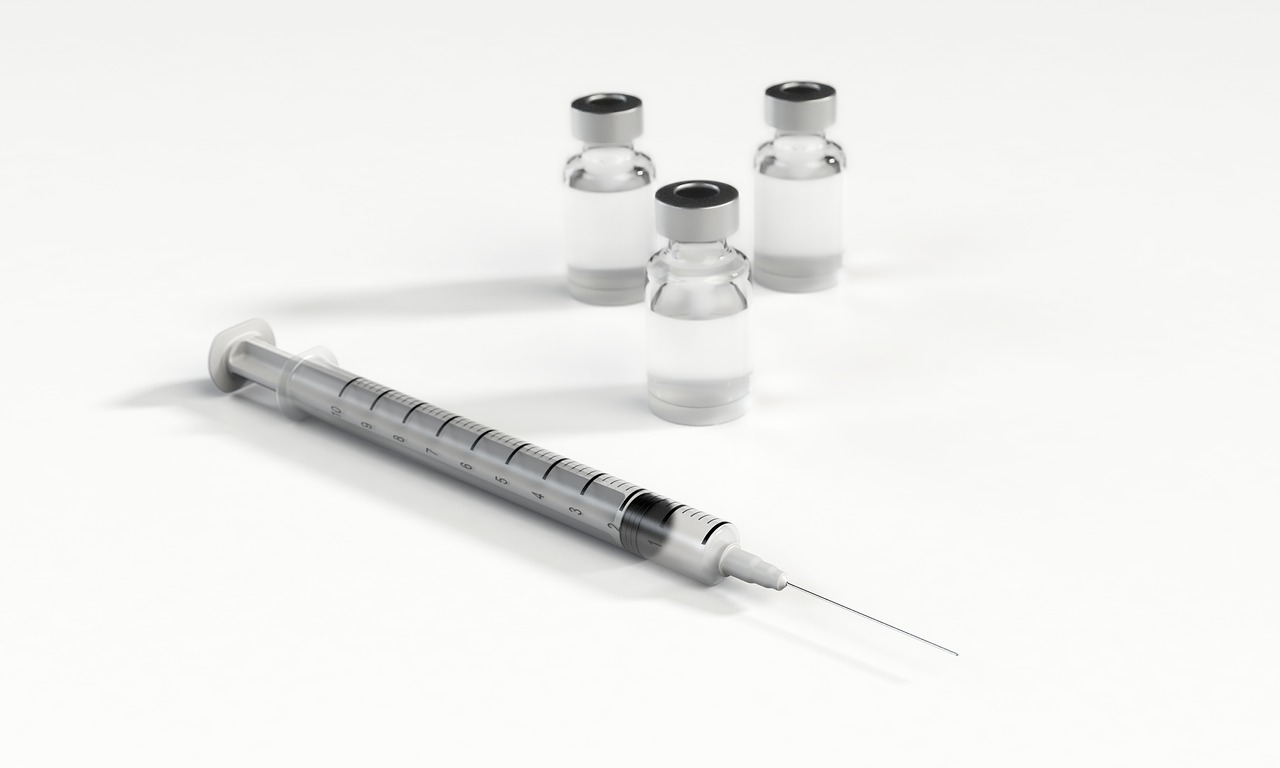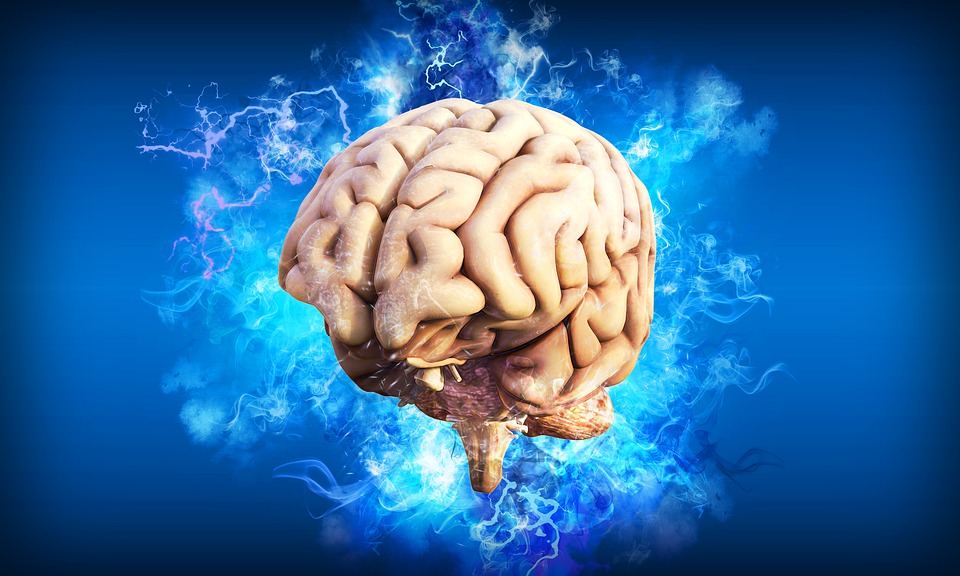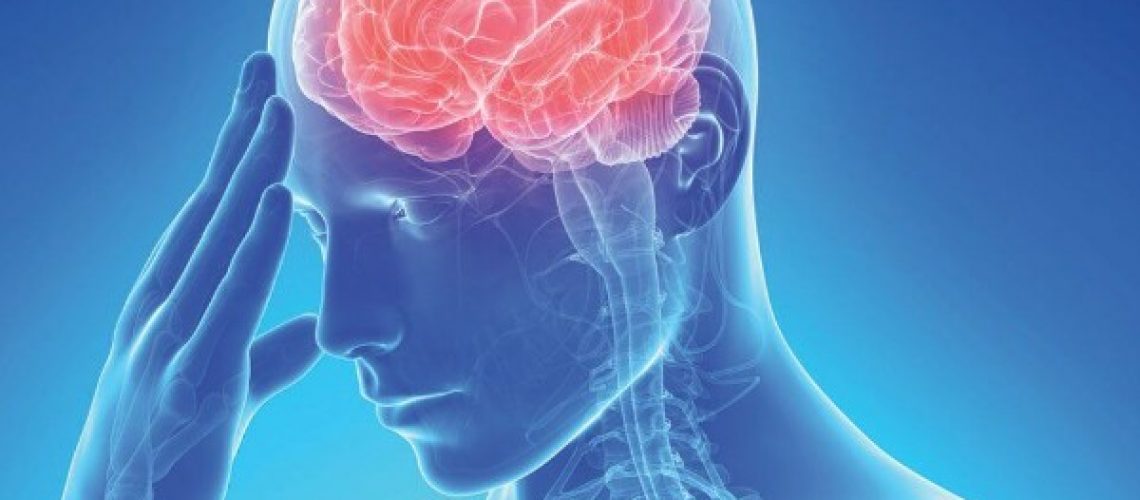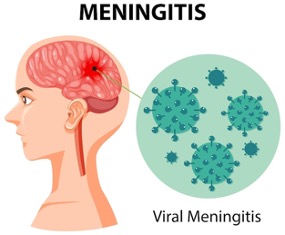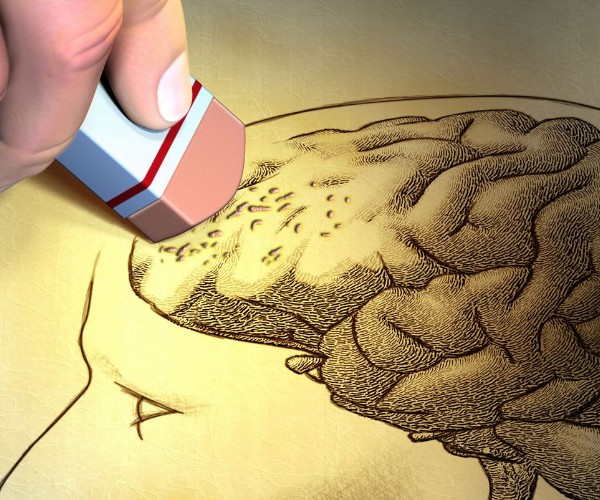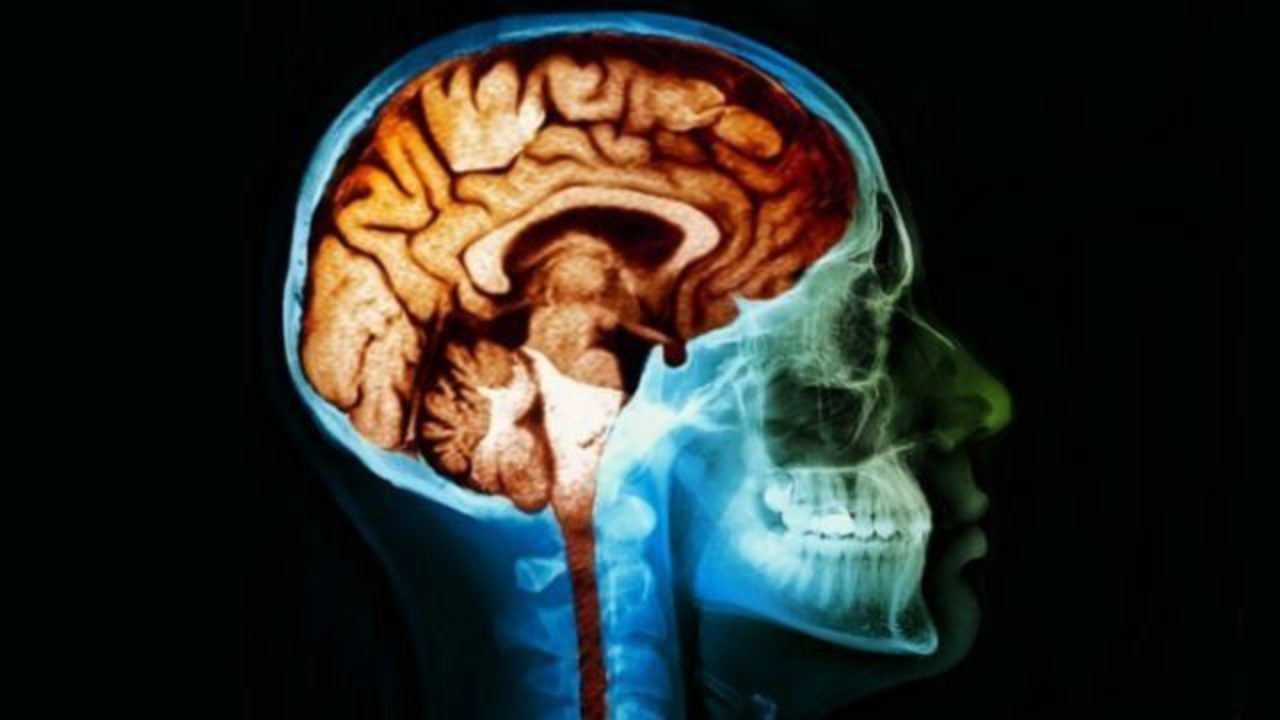According to the official definition of the World Health Organization (WHO), stroke corresponds to a “sudden onset of signs and/or symptoms referable to local and/or global deficits in brain function, lasting more than 24 hours or with an inauspicious outcome, not attributable to any other apparent cause than cerebral vasculopathy.”
Because of the severity of its manifestations, the immediate and distant clinical relapses it can lead to, and its potential lethality, stroke should always be considered a medical emergency to be treated promptly in facilities equipped and organized to offer targeted and specific interventions in the shortest possible time, that is, in Stroke Units.
Hemorrhagic stroke is related to the rupture of a cerebral blood vessel, resulting in the leakage of blood that goes on to damage the portion of the brain affected by the hemorrhage, simultaneously preventing the necessary supply of oxygen and nutrients to nerve cells normally supplied by that artery and its branches.
It is the least common form of stroke (accounts for about 15% of cases), but also the most difficult to manage and, therefore, the one potentially characterized by the most severe and disabling outcomes.
The hemorrhage that characterizes it can be of the “intracerebral” type, i.e., developing within the nerve tissue of the brain, or of the “subarachnoid” type, i.e., included in the space between the innermost (pia mater) and middle (arachnoid) layers of the membranes lining the encephalon (meninges).







